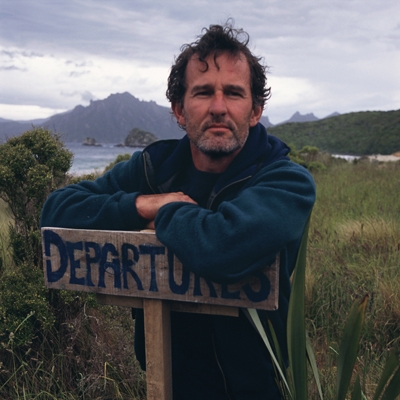In May 2009 I set out on a two-month “state-of-the-forests” mangrove tour of the Americas. I wanted to document the plight of mangroves in the region and assess the impact of their loss on the thousands of coastal people who rely on these forests for food, shelter and livelihoods. It would be a wide-ranging journey, both in the places I visited—from Florida and the Bahamas to Ecuador and Cuba—and in the people I met: from ecologists studying nutrient pathways in mangrove fauna to activists protesting against the juggernaut of shrimp aquaculture that has been responsible for so much mangrove destruction. I started a blog called “Last Stands” so that people could follow me as I crisscrossed the region, experiencing the unique world of the mangrove forest. These travels provided much of the material for my just-published book, Let Them Eat Shrimp. I invite you to share some of the highlights of my journey in these excerpts from the blog .
As I set out from my home in New Zealand to travel to Brazil, my first port of call for the mangrove tour, I reflected on how I came to be writing a book about mangroves in the first place. It was a National Geographic feature I had written in 2005 that first alerted me to the human cost of mangrove loss. Seeing the anger and despair in people’s faces as they spoke of confiscated land, contaminated water supplies, lost livelihoods and governmental betrayal, I realized that the disappearance of the world’s mangroves was not just an ecological disaster but a social tragedy. And I decided I should not be content with writing just a magazine article about that issue, but should expand it into a book. Here is what I wrote in that first post . . .
http://bit.ly/goZzyE
Kennedy Warne co-founded New Zealand Geographic magazine in 1988, and served as the magazine’s editor until 2004, when he relinquished the editorship in order to pursue his own writing and photography. He has written for National Geographic, Smithsonian, Canadian Geographic, GEO and various travel publications, and continues to contribute regularly to New Zealand Geographic.


